Home>Garden Essentials>How To Clean Synthetic Grass For Dogs
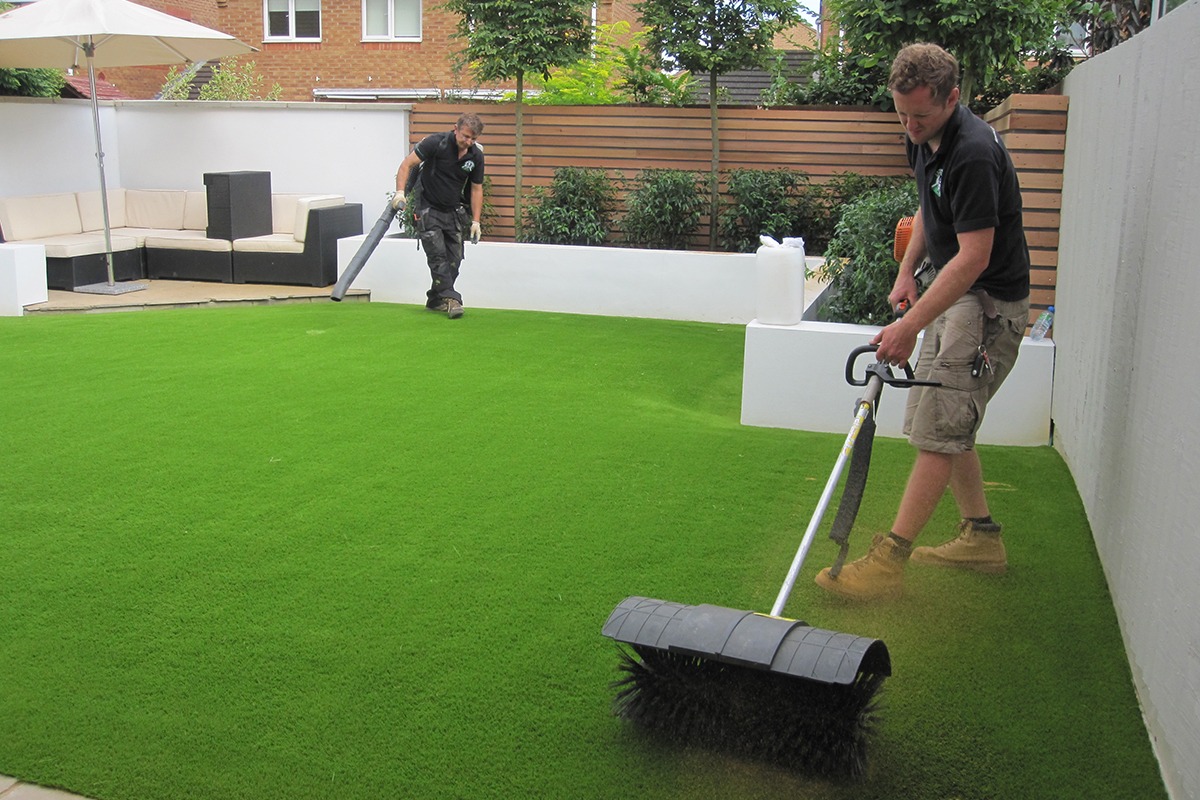

Garden Essentials
How To Clean Synthetic Grass For Dogs
Modified: August 16, 2024
Learn how to effectively clean your garden's synthetic grass for dogs and keep it looking fresh and hygienic. Step-by-step guide to maintain a pet-friendly outdoor space.
(Many of the links in this article redirect to a specific reviewed product. Your purchase of these products through affiliate links helps to generate commission for Storables.com, at no extra cost. Learn more)
Introduction
Welcome to the world of synthetic grass for dogs! If you’re a dog owner who wants to provide a safe and clean outdoor space for your furry friend, then synthetic grass is the way to go. Not only does it offer a lush and natural-looking alternative to real grass, but it also eliminates the hassle of mowing and maintenance.
However, just like any other surface, synthetic grass needs regular cleaning to ensure the health and well-being of your dogs. Cleaning synthetic grass for dogs is essential to remove pet waste, odor, bacteria, and prevent the growth of mold and mildew.
In this article, we will guide you through the process of cleaning synthetic grass for dogs step by step. We will provide you with the necessary tools and materials, as well as tips to keep your synthetic grass looking fresh and vibrant. So, let’s get started!
Key Takeaways:
- Regularly cleaning synthetic grass for dogs is crucial for maintaining a safe and hygienic outdoor space, preventing odors, and ensuring the well-being of your furry friends.
- Using pet-friendly products and implementing preventive measures can help keep synthetic grass clean, vibrant, and free from hard water deposits, promoting a long-lasting and enjoyable environment for your dogs.
Read more: How To Clean A Synthetic Grass Tennis Court
Why is it Important to Clean Synthetic Grass for Dogs?
Cleaning synthetic grass for dogs is not just about maintaining a visually appealing outdoor space; it is crucial for your dog’s health and overall well-being. Here are a few reasons why regular cleaning is essential:
- Pet Waste Removal: Dogs naturally relieve themselves on outdoor surfaces, and synthetic grass is no exception. Regularly removing pet waste ensures a hygienic environment for both your dog and your family. Accumulated waste can attract flies, pests, and bacteria, leading to potential health risks.
- Urine Odor Control: Dog urine can leave a strong and unpleasant odor on synthetic grass if not cleaned promptly. This not only affects the outdoor ambiance but can also make it less enjoyable for both you and your dog to spend time in the yard. Proper cleaning techniques can help mitigate and eliminate urine odors.
- Bacteria and Mold Prevention: Synthetic grass provides an ideal breeding ground for bacteria, especially if it is not regularly cleaned. Bacteria build-up can lead to infections or skin irritations for your dog. Additionally, if the grass remains damp or wet for extended periods, it can promote the growth of mold and mildew, which can be harmful to both dogs and humans.
- Preventing Hard Water Deposits: If you live in an area with hard water, you may notice white mineral deposits on your synthetic grass over time. These deposits can make the grass look dull and dirty. Cleaning the grass regularly helps prevent the build-up of hard water deposits and keeps it looking fresh and vibrant.
By regularly cleaning synthetic grass for dogs, you are creating a safe and healthy outdoor environment that promotes your dog’s happiness and well-being. It also ensures that you can enjoy quality time with your furry friend in a clean and inviting space.
Tools and Materials Needed
Before diving into the process of cleaning synthetic grass for dogs, it’s important to gather the necessary tools and materials. Here’s a list of what you’ll need:
- Garden Hose: A garden hose with a spray nozzle attachment will be your primary tool for rinsing and washing the synthetic grass.
- Synthetic Grass Cleaner: Invest in a high-quality synthetic grass cleaner that is specifically formulated to remove pet waste, odors, and bacteria. Look for products that are safe for pets and environmentally friendly.
- Bristle Brush: A stiff-bristle brush or broom will help in loosening and removing any debris or stuck-on waste from the surface of the synthetic grass.
- Plastic Shovel or Scoop: A plastic shovel or scoop is handy for picking up solid waste from the grass surface. Make sure to use a non-metallic tool to avoid damaging the synthetic grass fibers.
- Vinegar or Enzyme Cleaner: For urine odor control, vinegar or an enzyme-based cleaner can be effective. These natural solutions help break down and neutralize the odor-causing compounds.
- Pet-friendly Disinfectant: To eliminate bacteria and prevent the spread of diseases, use a pet-friendly disinfectant that is safe for both your dog and the synthetic grass.
- Rubber Gloves: Wearing rubber gloves will protect your hands from any potential bacteria or chemicals present during the cleaning process.
- Paper Towels or Rags: Keep some paper towels or rags handy for blotting up liquid waste or for wiping down surfaces after cleaning.
Having these tools and materials readily available will make the task of cleaning synthetic grass for dogs much more efficient and effective. Now that you’re prepared, let’s move on to the step-by-step guide to cleaning synthetic grass for dogs!
Step-by-Step Guide to Cleaning Synthetic Grass for Dogs
Now that you have gathered all the necessary tools and materials, let’s walk through the step-by-step process of cleaning synthetic grass for dogs:
- Remove Solid Waste: Start by using a plastic shovel or scoop to pick up any solid waste from the synthetic grass surface. Dispose of the waste in a designated waste bin or bag.
- Rinse with Water: Attach the garden hose to a water source and thoroughly rinse the synthetic grass. This will help remove any loose debris, dirt, or remaining waste particles.
- Apply Synthetic Grass Cleaner: Follow the instructions on your chosen synthetic grass cleaner and apply it to the affected areas. Use a bristle brush to gently scrub the cleaner into the grass fibers. This will help break down and remove any stubborn stains or odors.
- Rinse Again: After allowing the synthetic grass cleaner to sit for the recommended time, rinse the entire area thoroughly with water. Make sure to remove all traces of the cleaner from the grass.
- Address Urine Odors: For urine odors, dilute vinegar with water or use an enzyme-based cleaner. Apply the solution to the affected areas and let it sit for a few minutes before rinsing with water.
- Disinfect the Area: To eliminate bacteria and prevent the spread of diseases, use a pet-friendly disinfectant. Follow the instructions on the disinfectant product and apply it to the synthetic grass surface. Allow the disinfectant to sit for the recommended time before rinsing with water.
- Blot Dry: If there are any remaining areas with moisture, use paper towels or rags to blot and dry the synthetic grass. This will help prevent mold or mildew growth.
Following these steps on a regular basis will keep your synthetic grass clean, fresh, and safe for your dogs to enjoy. Aim to clean the synthetic grass at least once a week or more frequently if necessary, depending on the size and activity level of your dogs.
Remember, keeping the synthetic grass clean is not only beneficial for your dogs but also for the overall aesthetics and longevity of the grass itself. Now that you know how to clean synthetic grass for dogs, you can provide a clean and hygienic outdoor space where your furry friend can play, relax, and enjoy life to the fullest!
Removing Pet Waste
One of the most important aspects of cleaning synthetic grass for dogs is the regular removal of pet waste. Proper waste removal not only keeps your outdoor space clean and hygienic but also helps prevent potential health risks. Here’s how to effectively remove pet waste from synthetic grass:
- Pick Up Solid Waste: Use a plastic shovel or scoop to pick up solid waste from the surface of the synthetic grass. Be careful not to press the waste into the grass fibers. It’s important to remove solid waste as soon as possible to prevent it from staining or causing odor issues.
- Double-check for Residue: After picking up solid waste, inspect the grass for any residue that may have been left behind. If you notice any remnants, use a damp cloth or paper towel to carefully blot and remove it.
- Dispose of Waste Properly: Place the solid waste in a designated waste bin or a plastic bag. Seal the bag tightly to prevent any lingering odor and dispose of it in accordance with your local waste disposal regulations. Avoid throwing pet waste in regular trash bins or composting it.
By promptly and effectively removing pet waste from your synthetic grass, you not only maintain a clean and pleasant outdoor environment but also prevent the growth of bacteria and potential health risks for your dogs and family.
It’s important to note that regular waste removal is essential for the longevity of the synthetic grass as well. Accumulated waste can break down the grass fibers and cause discoloration or damage over time. Implementing a routine waste removal routine will help preserve the aesthetics and lifespan of your synthetic grass.
Now that you know how to effectively remove pet waste from synthetic grass, you can ensure a clean and hygienic outdoor space for your furry friend to enjoy. Let’s move on to the next step in the cleaning process: dealing with urine odor.
Regularly rinse the synthetic grass with water to remove urine and feces. Use a mild soap and water solution to clean any stubborn stains. Avoid using harsh chemicals that could harm your dog or the grass.
Read more: How To Clean Turf Grass For Dogs
Dealing with Urine Odor
Urine odor is a common issue when it comes to synthetic grass for dogs. The ammonia and bacteria present in urine can cause unpleasant odors if not properly addressed. Here are some effective methods to deal with urine odor on synthetic grass:
- Act Quickly: When you notice that your dog has urinated on the synthetic grass, it’s important to act quickly to minimize the odor. The sooner you address the issue, the easier it will be to eliminate the odor.
- Water Rinse: Immediately after your dog has urinated, rinse the affected area with water. Use a garden hose or a bucket of water to thoroughly flush away the urine. This can help dilute the urine and reduce odor formation.
- Vinegar Solution: Vinegar is a natural and effective odor neutralizer. Create a solution of vinegar and water (1 part vinegar to 2 parts water) and apply it to the affected area. Let it sit for about 5-10 minutes, then rinse thoroughly with water. Vinegar helps break down the ammonia and neutralize the odor.
- Enzyme Cleaner: Enzyme-based cleaners are specifically formulated to break down the organic components of urine. Apply the enzyme cleaner to the affected area according to the manufacturer’s instructions. Let it sit for the recommended time, then rinse with water.
- Avoid Harsh Chemicals: While it may be tempting to use harsh chemicals to combat urine odor, it’s important to avoid them as they can potentially damage the synthetic grass fibers. Stick to natural and pet-friendly solutions for the best results.
Implementing these methods promptly and consistently will help eliminate urine odor and create a fresh and pleasant outdoor environment for both you and your furry friend. By addressing urine odors, you can ensure a comfortable and enjoyable space for your dog to play and relax on the synthetic grass.
Now that you know how to deal with urine odor, let’s move on to the next step: preventing bacteria and mold growth on synthetic grass.
Preventing Bacteria and Mold Growth
Bacteria and mold are common issues that can arise on synthetic grass surfaces, especially in humid or damp climates. Preventing their growth not only ensures a clean and healthy environment for your dogs but also helps maintain the longevity of the synthetic grass. Here are some steps you can take to prevent bacteria and mold growth:
- Regular Cleaning Routine: Establish a regular cleaning routine for your synthetic grass. This includes removing solid waste, rinsing with water, and using a synthetic grass cleaner when necessary. By keeping the surface clean and free of debris, you reduce the risk of bacteria and mold growth.
- Promote Proper Drainage: Ensure that your synthetic grass has proper drainage to prevent water from pooling and creating a damp environment. This can be achieved by incorporating a well-designed drainage system or using an infill material that promotes water flow.
- Regularly Dry the Grass: After rainfall or watering, make sure to allow the synthetic grass to fully dry. Use a towel or squeegee to remove excess moisture if needed. Moisture on the surface can promote the growth of bacteria and mold, so it’s important to keep the grass as dry as possible.
- Trim Surrounding Vegetation: Trim any trees, bushes, or other vegetation near the synthetic grass. This will help increase airflow and prevent excess shade, reducing the chances of bacterial or mold growth in damp and shaded areas.
- Apply Pet-Friendly Disinfectant: Periodically, use a pet-friendly disinfectant to further reduce the risk of bacteria and mold. Follow the instructions on the disinfectant product and apply it to the synthetic grass surface. Rinse thoroughly afterwards to ensure the safety of your dogs.
By implementing these preventive measures, you can create an environment that discourages the growth of bacteria and mold on your synthetic grass. Regular maintenance and cleanliness are key to ensuring the health and longevity of the grass, as well as the safety of your dogs.
Now that you have learned how to prevent bacteria and mold growth, let’s move on to the next step: preventing hard water deposits on your synthetic grass.
Preventing Hard Water Deposits
If you live in an area with hard water, you may have noticed white mineral deposits on surfaces, including synthetic grass. These hard water deposits can make your synthetic grass look dull and unattractive. Preventing their buildup is important to maintain the aesthetics and cleanliness of your synthetic grass. Here are some tips to prevent hard water deposits:
- Regular Rinse: After heavy rains or watering, make it a habit to rinse your synthetic grass with water. This will help remove any mineral residue and prevent it from building up over time.
- Water Softener: Consider installing a water softener system for your home’s water supply. Water softeners remove the minerals responsible for hard water deposits, thus reducing the occurrence of deposits on your synthetic grass.
- Use Rainwater: Whenever possible, collect rainwater and use it to water your synthetic grass. Rainwater is typically soft and contains fewer minerals, reducing the chances of hard water deposits.
- Proper Drainage: Ensure that your synthetic grass has proper drainage to prevent stagnant water. Standing water can lead to mineral buildup and increase the chances of hard water deposits.
- Calcium-Fighting Products: There are products available specifically designed to combat calcium and mineral deposits. These products can be applied to your synthetic grass to prevent or reduce the formation of hard water deposits. Follow the instructions provided by the manufacturer.
By implementing these preventive measures, you can keep your synthetic grass looking vibrant and free from the unsightly white mineral deposits caused by hard water. Regular maintenance and proactive measures are key to preserving the beauty and functionality of your synthetic grass.
Now that you have learned how to prevent hard water deposits, let’s move on to the next step: trimming and maintaining the grass to ensure its longevity.
Trimming and Maintaining the Grass
To ensure the longevity and aesthetic appeal of your synthetic grass for dogs, regular trimming and maintenance are necessary. Properly maintaining the grass will help keep it in optimal condition and provide a safe and enjoyable outdoor space for your furry friend. Here are some tips for trimming and maintaining synthetic grass:
- Regularly Remove Debris: Sweep or use a leaf blower to remove leaves, sticks, and other debris that may accumulate on the surface of the synthetic grass. Regular debris removal prevents the buildup of organic matter and keeps the grass looking clean.
- Trim Overhanging Vegetation: Trim any overhanging branches or vegetation near the synthetic grass to prevent them from casting excessive shade or dropping debris onto the grass. This will help maintain proper sunlight exposure and prevent the growth of algae or moss.
- Gentle Brushing: Use a bristle brush or broom to gently brush the grass fibers. This helps to prevent matting or flattening of the grass and keeps it looking lush and natural.
- Address Compact Areas: Heavy foot traffic or furniture may cause areas of the synthetic grass to become compacted. To prevent this, periodically brush against the grain of the grass to lift the fibers and restore their natural upright position.
- Inspect for Damage: Regularly inspect your synthetic grass for any signs of damage, including loose seams, tears, or worn areas. Address any issues promptly to prevent further damage and prolong the lifespan of the grass.
- Consider Professional Maintenance: If you’re unsure about the proper maintenance techniques or if your synthetic grass requires more extensive care, consider hiring a professional maintenance service. They have the expertise and specialized equipment to keep your synthetic grass in top-notch condition.
By following these trimming and maintenance tips, you can ensure that your synthetic grass remains in excellent condition for years to come. Regular care and attention will preserve its appearance, functionality, and safety for your dogs.
With proper trimming and maintenance now under your belt, you are well-equipped to keep your synthetic grass looking its best. Let’s conclude this article with a summary of the key points covered.
Read more: How To Cut Synthetic Grass
Conclusion
Cleaning synthetic grass for dogs is essential to maintain a safe, hygienic, and visually appealing outdoor space for your furry friends. By following the step-by-step guide and utilizing the necessary tools and materials, you can easily keep your synthetic grass clean and fresh. Regularly removing pet waste, addressing urine odor, preventing bacteria and mold growth, and avoiding hard water deposits are key aspects of maintaining synthetic grass for dogs.
Remember to pick up solid waste promptly, rinse the grass with water, and use a synthetic grass cleaner when needed. Act quickly to deal with urine odor, employing methods such as water rinsing, vinegar solutions, or enzyme-based cleaners. Preventing bacteria and mold growth can be achieved through regular cleaning and drying, promoting proper drainage, and applying pet-friendly disinfectants when necessary.
In areas with hard water, taking measures to prevent hard water deposits will help maintain the vibrancy of the synthetic grass. Regular trimming and maintenance, including debris removal, vegetation trimming, gentle brushing, compacted area maintenance, and damage inspection, are crucial to ensure the longevity of the grass and your dog’s enjoyment of the space.
By incorporating these cleaning and maintenance practices into your routine, you can provide a clean and safe environment for your dogs to play, relax, and enjoy your synthetic grass for years to come.
So, get out there, grab your tools, and start cleaning and maintaining your synthetic grass. Your dogs will appreciate the fresh and inviting outdoor space, and you’ll have peace of mind knowing they are playing in a clean and healthy environment.
Frequently Asked Questions about How To Clean Synthetic Grass For Dogs
Was this page helpful?
At Storables.com, we guarantee accurate and reliable information. Our content, validated by Expert Board Contributors, is crafted following stringent Editorial Policies. We're committed to providing you with well-researched, expert-backed insights for all your informational needs.
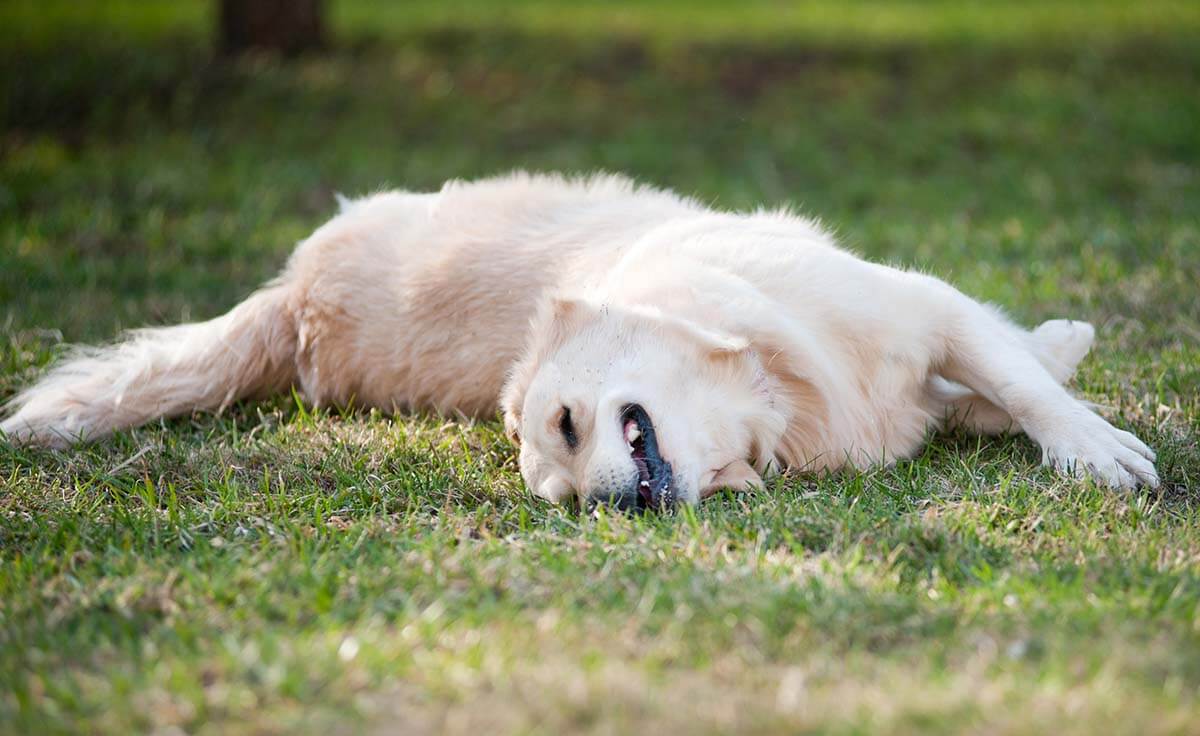
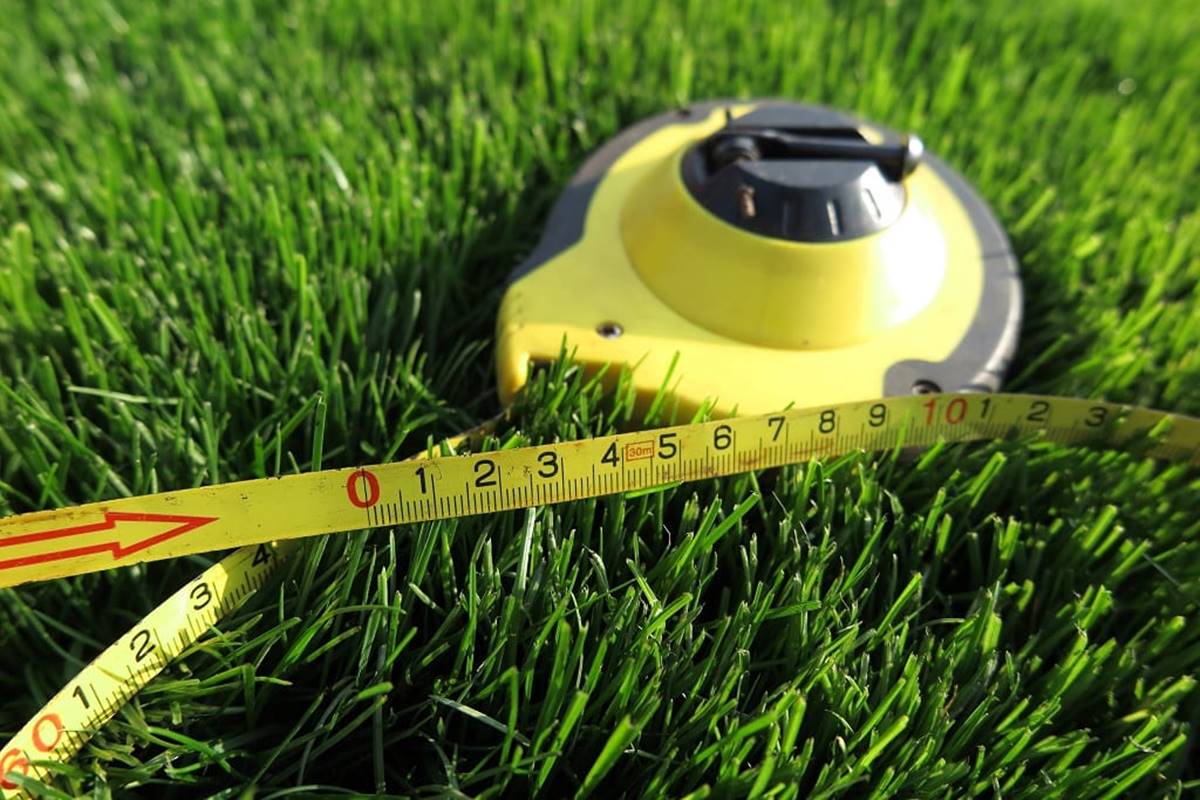
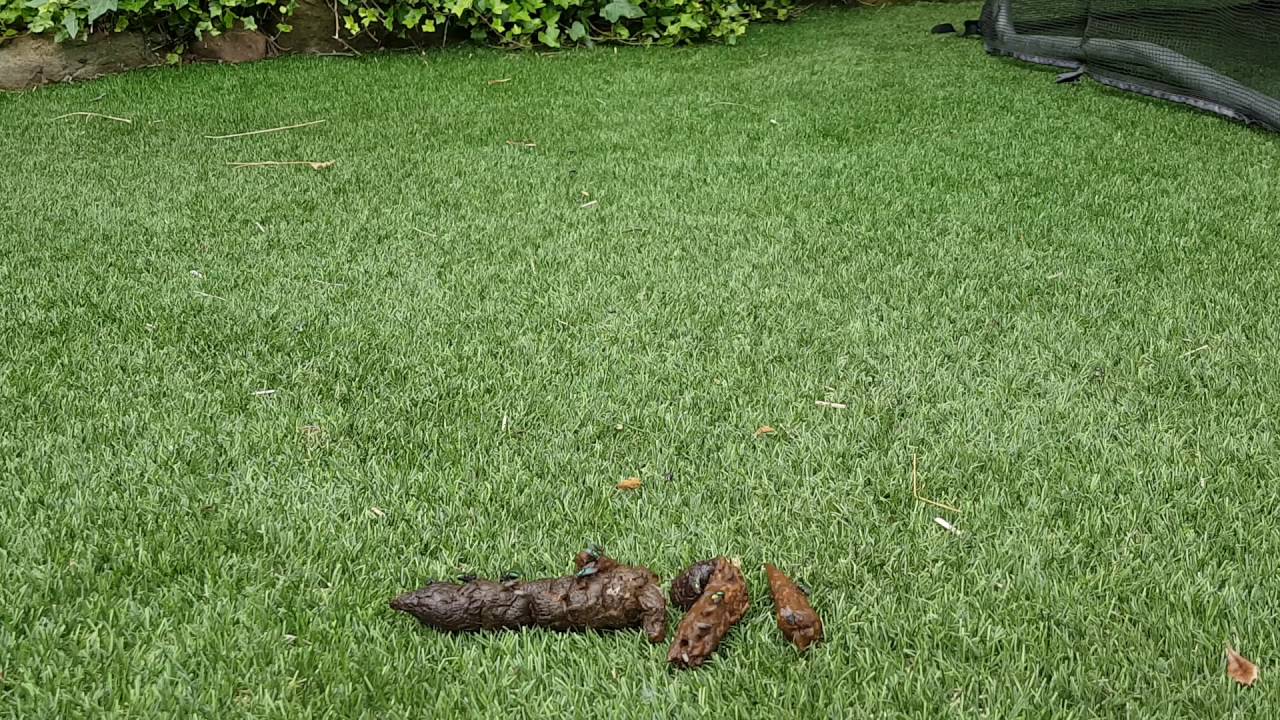
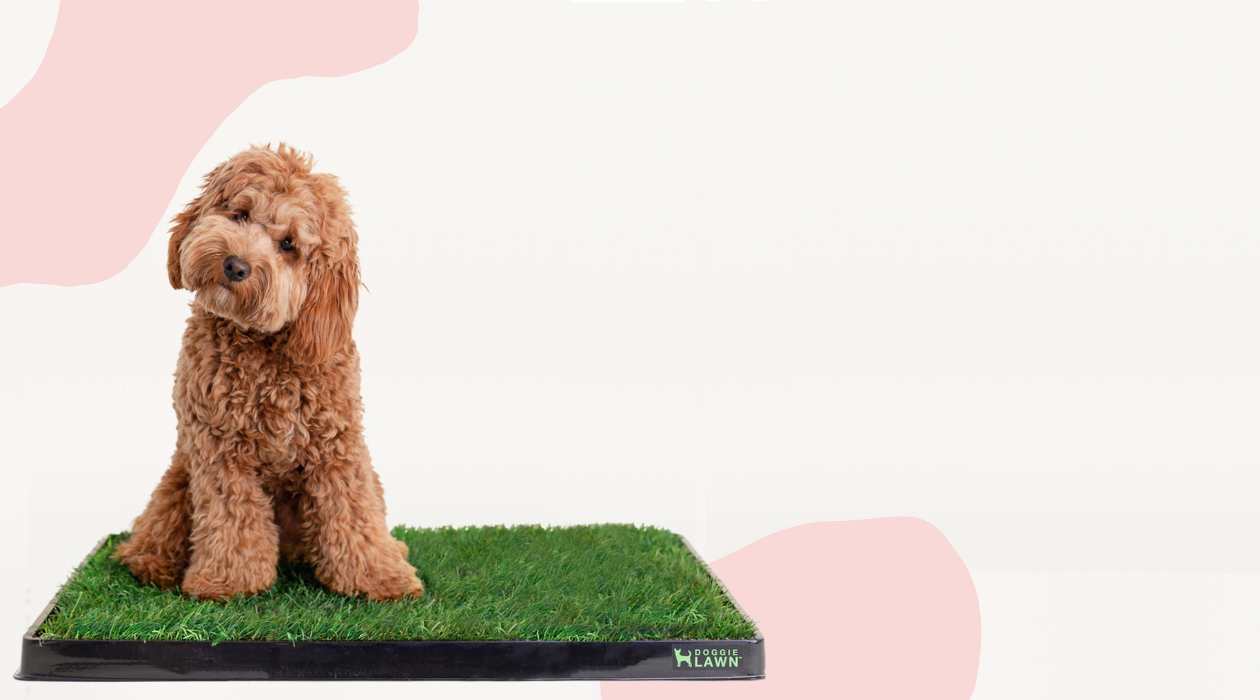
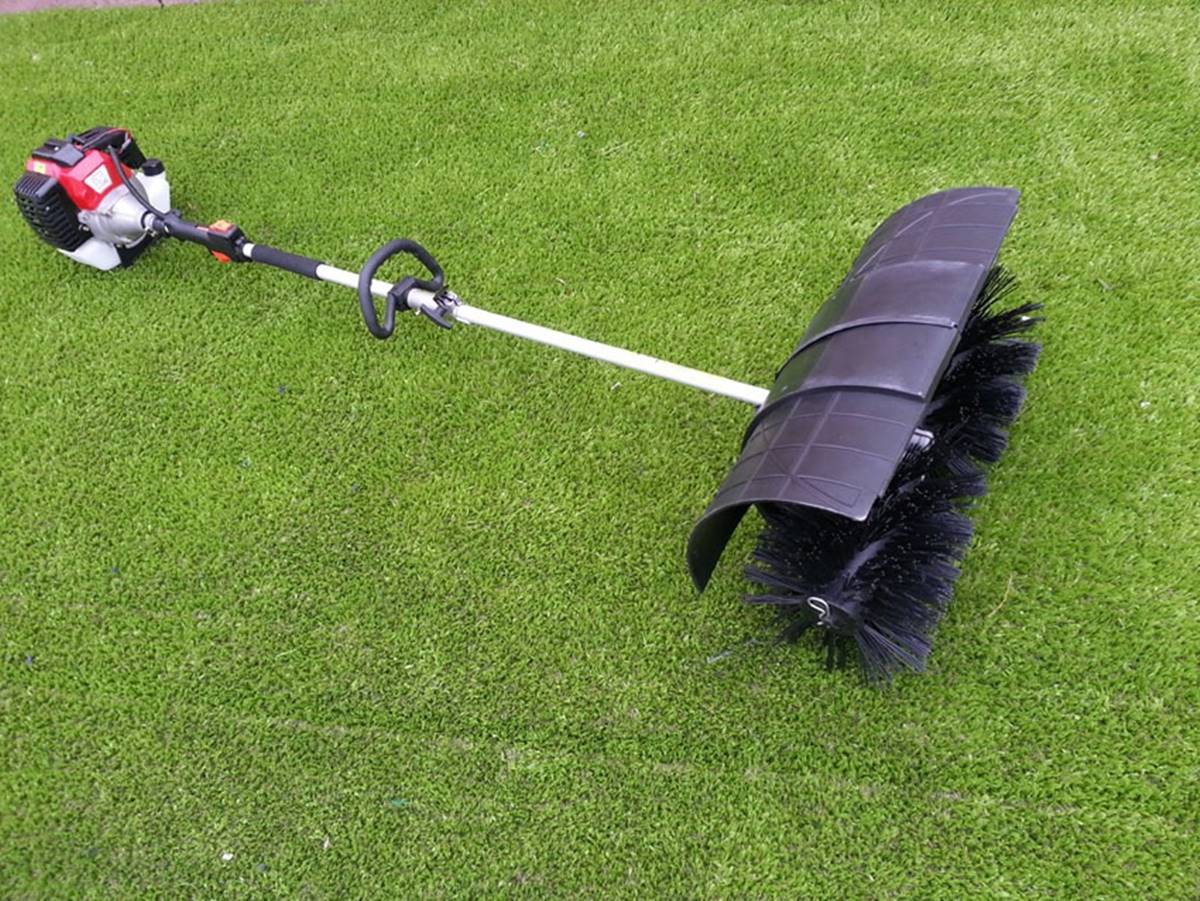
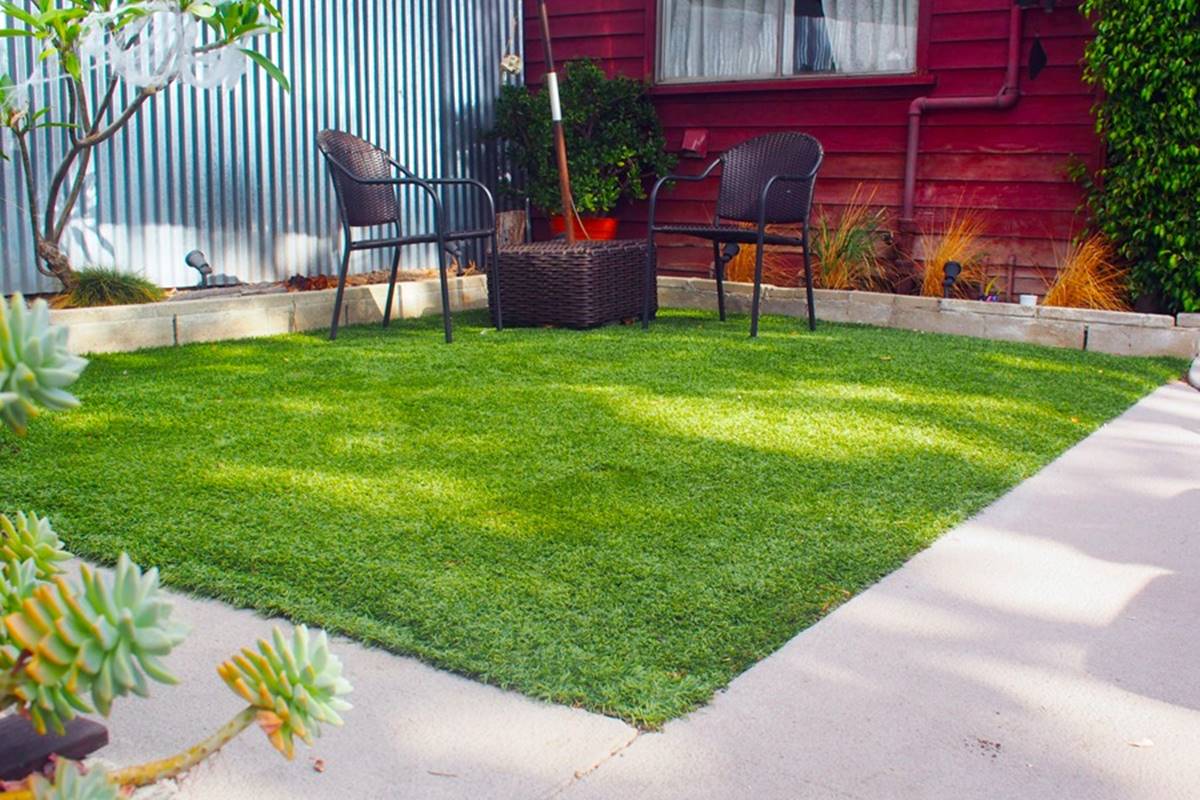
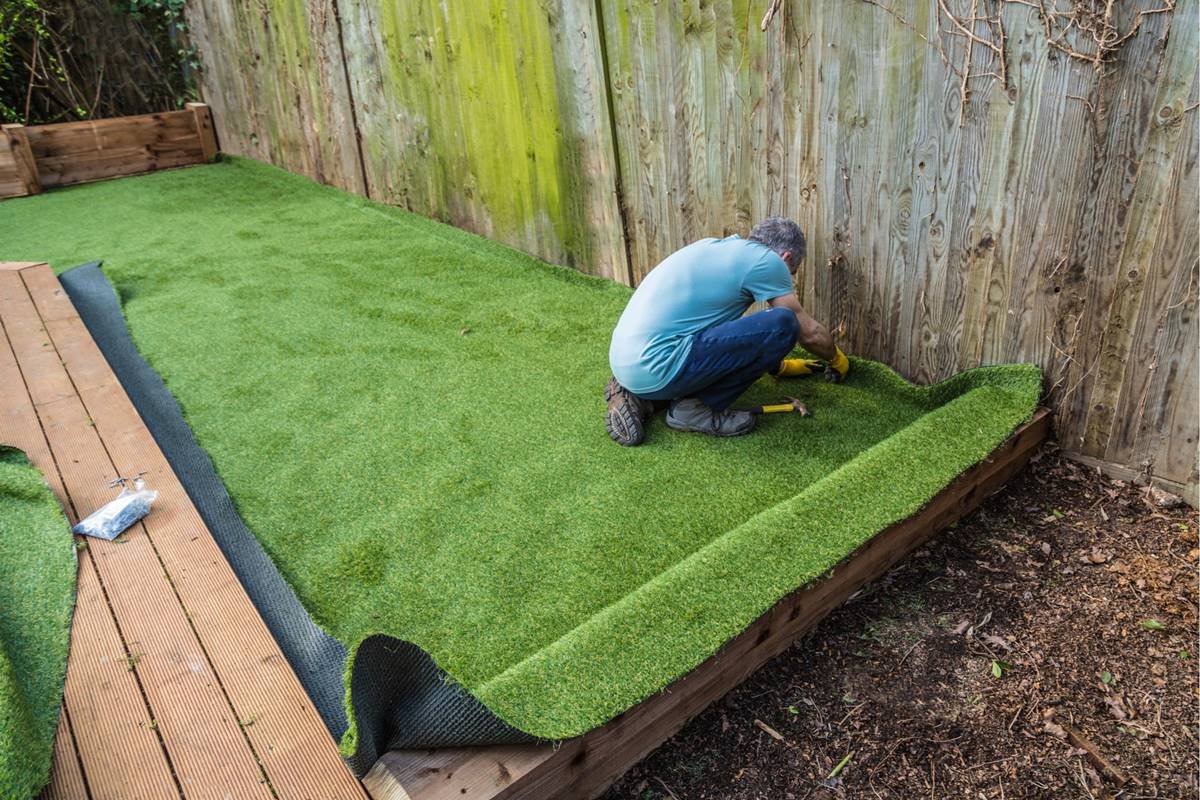
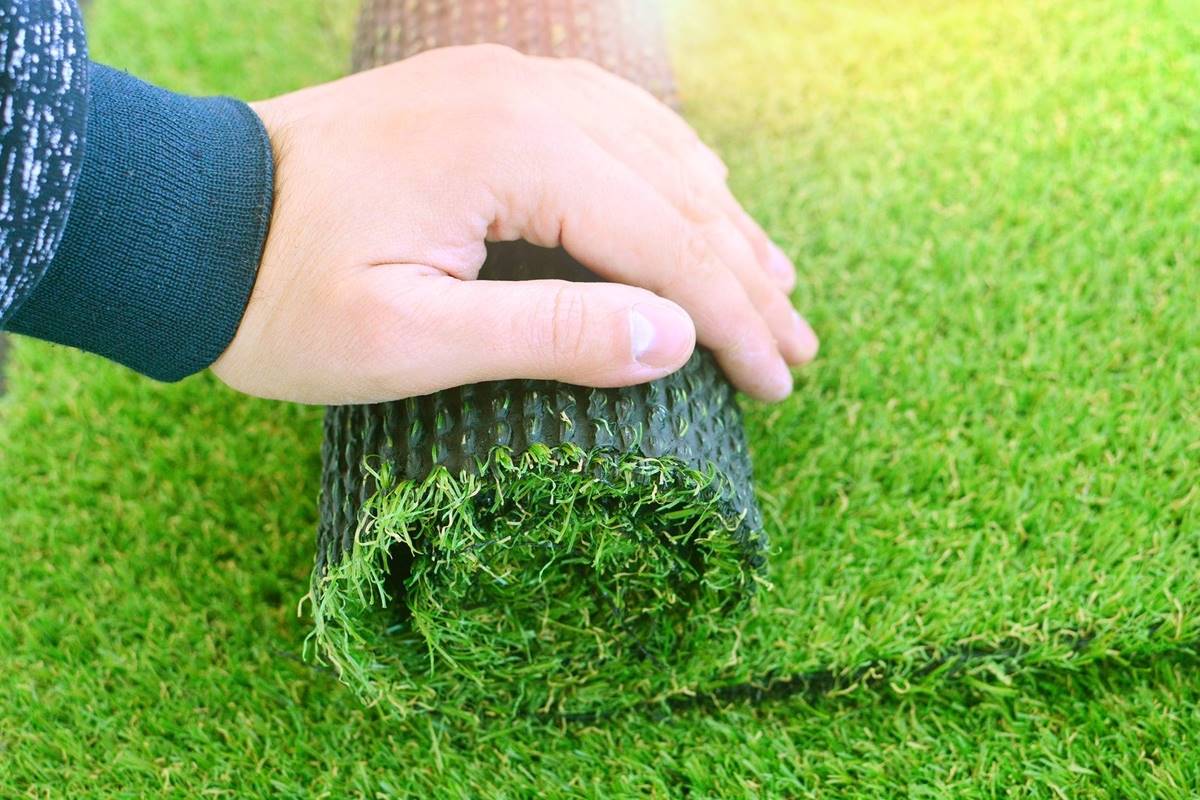
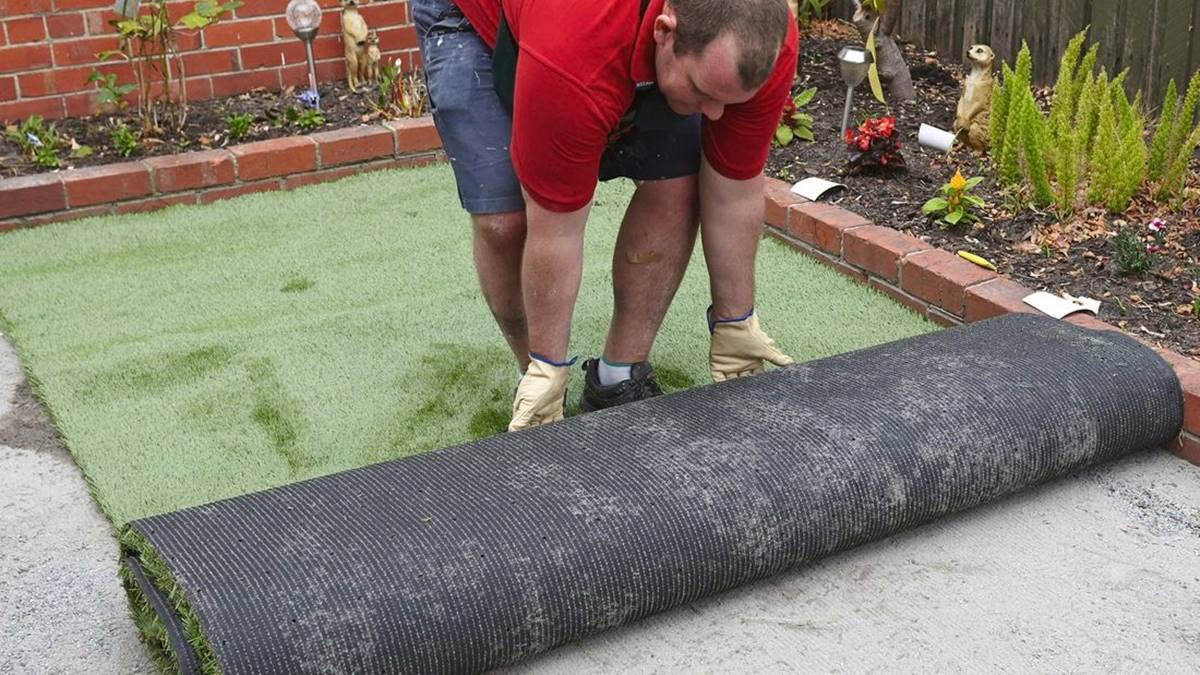
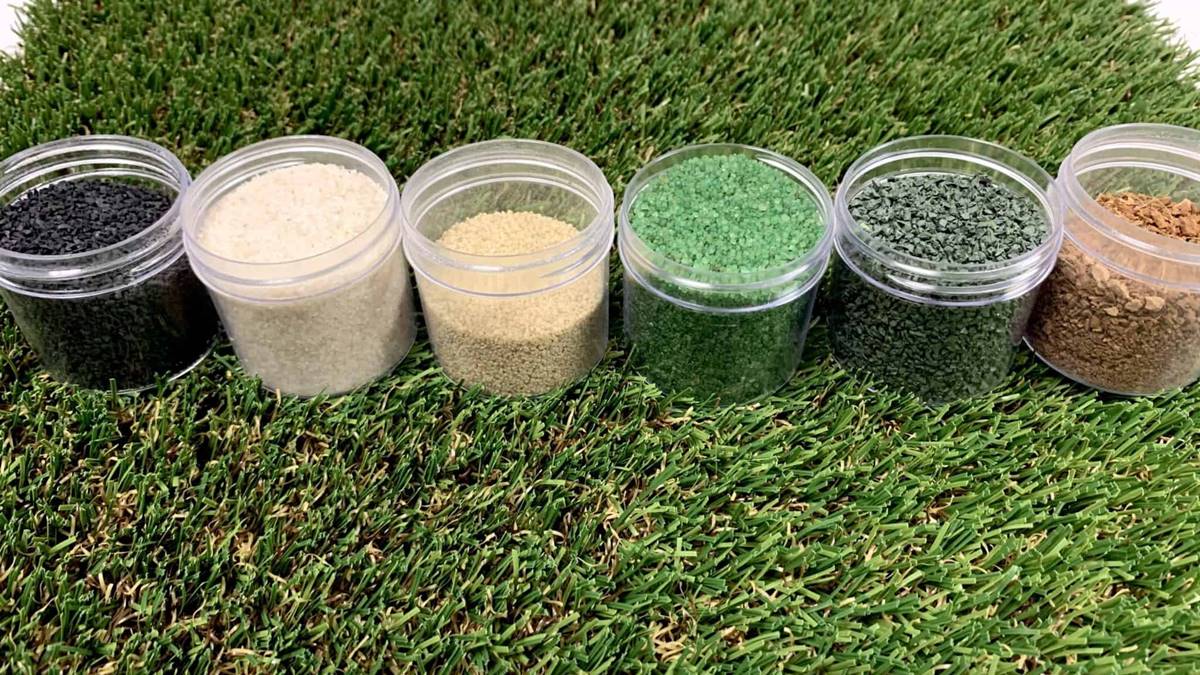
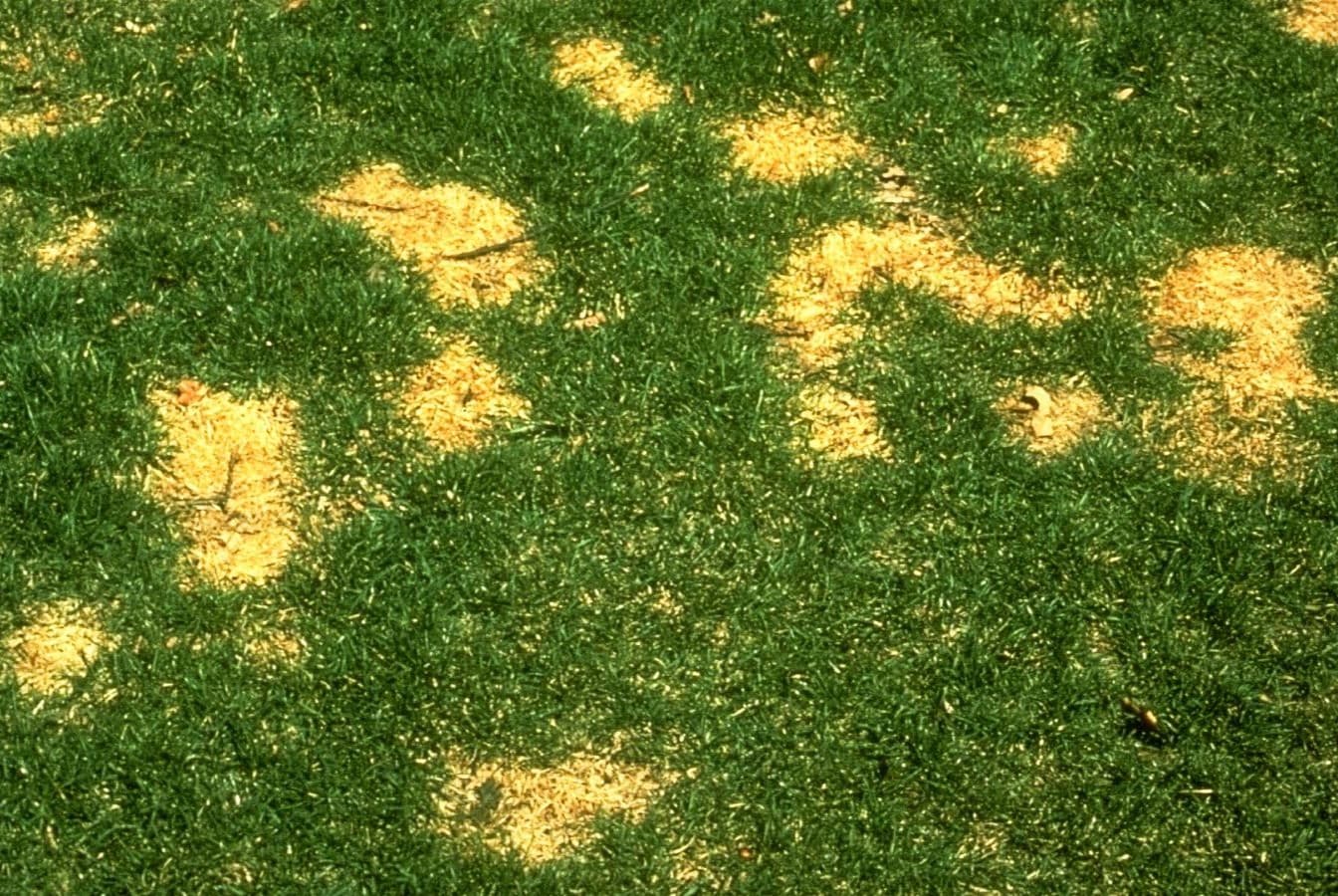
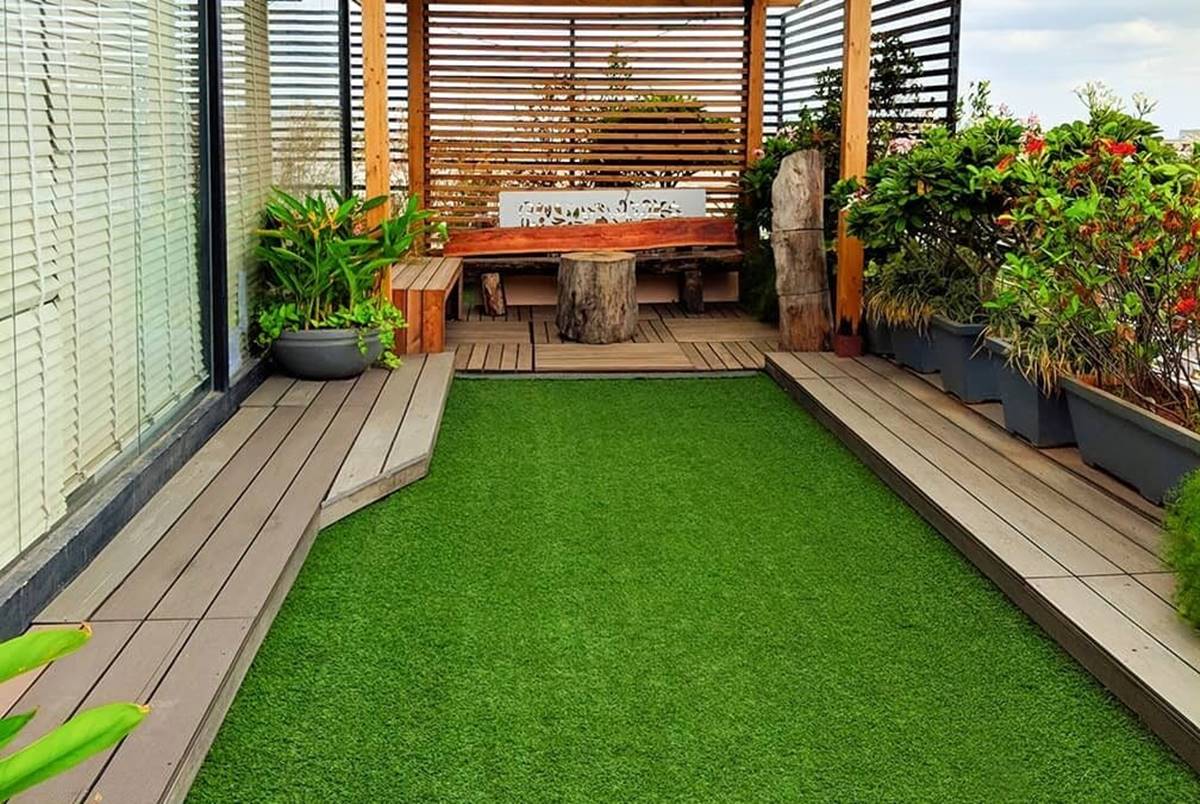
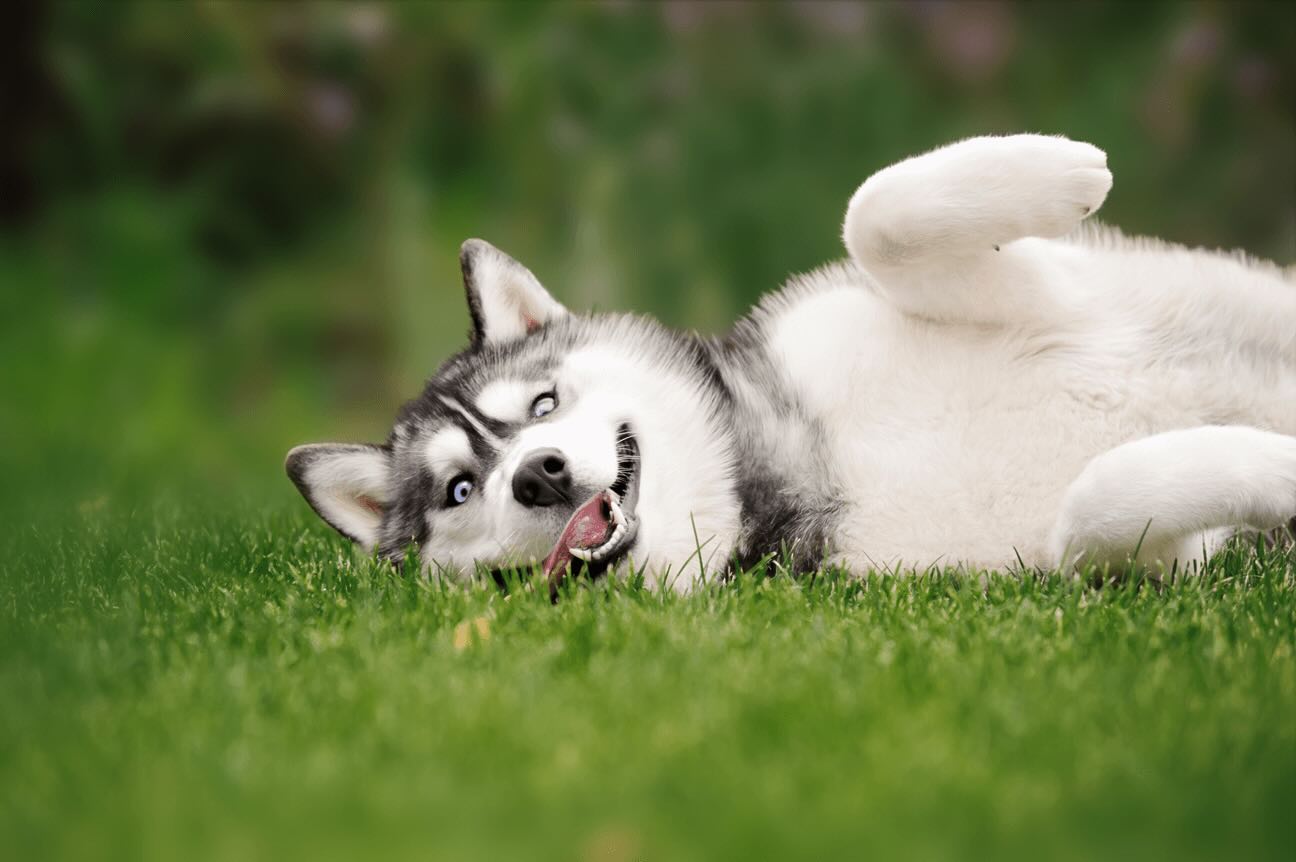

0 thoughts on “How To Clean Synthetic Grass For Dogs”